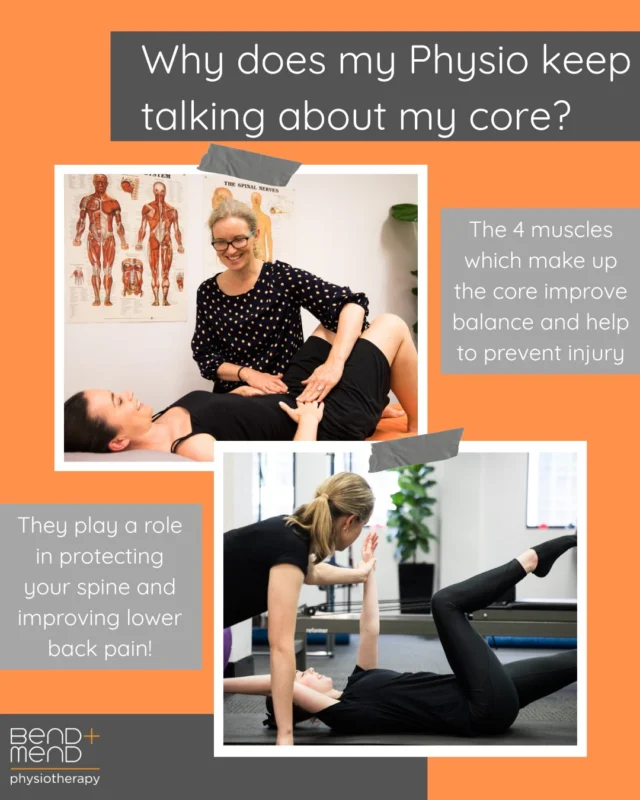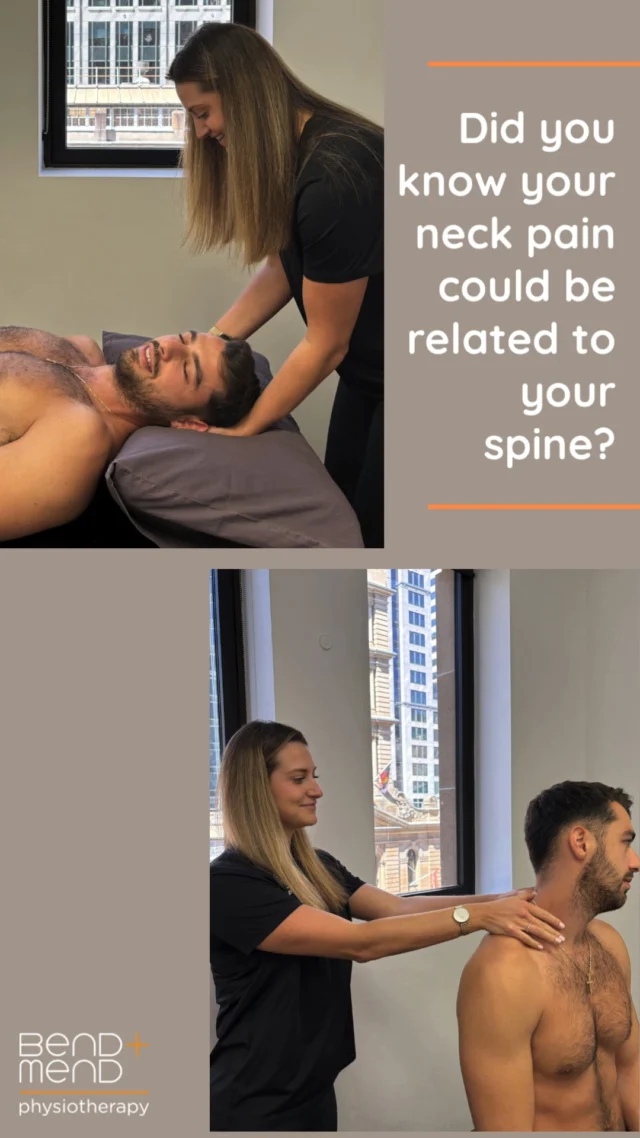So, you’ve sprained your ankle. Most people have at some time in their life, whether it be playing sport as a child or walking down some stairs as an adult.
But what is the best way to manage a sprained ankle, and when should you see someone about it?
Initially, when you sprain your ankle the best thing to do is RICE: Rest, Ice, Compression and Elevation. The main aim of this is to reduce the swelling, which not only causes pain, but can cause secondary damage to the soft tissues.
The ice part can be as easy as a packet of frozen peas and is most important in the first 24-48 hours. If you have the time and energy, applying the ice for a few hours – 20 minutes on, 20 minutes off – can be really beneficial in bringing down the swelling and bruising. For most patients I usually advise that they still use ice at least once a day in the first week, after the initial 24-48 hours.
Compression is usually best achieved with a firm bandage or tubigrip, to reduce swelling and improve venous return. The compression bandage should feel firm, but not so tight that it impairs circulation or is uncomfortable. Elevation is also important to reduce swelling and it is best if the ankle is higher than the heart, to encourage venous return. If you are at work sitting down, it is a good idea to put the ankle up on something under your desk.
Rest for a sprained ankle is important, but this does not mean complete immobilisation. While you are sitting down it is a good idea to keep the ankle moving up and down and also sideways. It is ok to walk on your ankle, even if it is a bit uncomfortable, and in fact we encourage our patients to walk on their sprained ankles even when they are hesitant. It is common to be limping slightly in the first few days after an ankle sprain, but if you find it too painful to weight bear at all, you will need to get some crutches.
So, when should you book in for Physiotherapy?
If you follow the advice above and a few days later you are still limping, there is still bruising and/or you don’t have full movement of your ankle, you should book in to see your Physio. Likewise, if you are any more than a few days post-sprain and the ankle is not 100%, you should book in to see your Physio.
At Bend + Mend we encourage patients to book in as soon as possible and often see patients on the day of their ankle sprains. Diagnosis is important as it helps with prognosis and can ensure that secondary problems don’t develop. Rehab and strengthening is the most important part of your ankle recovery and ensures full return to activity.





